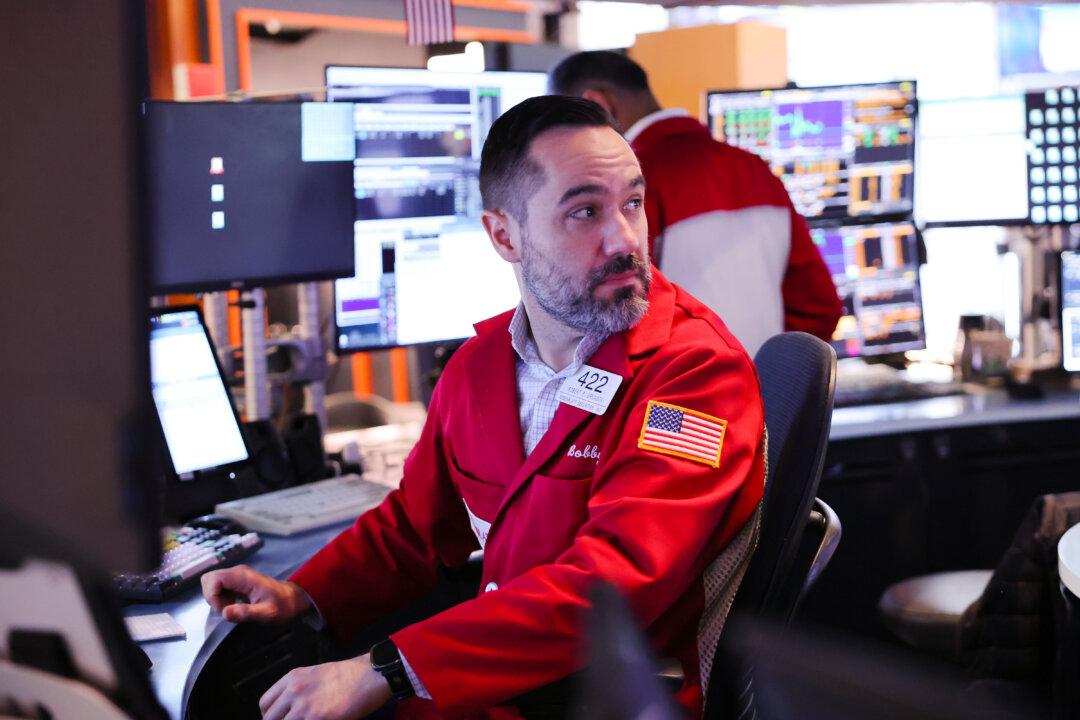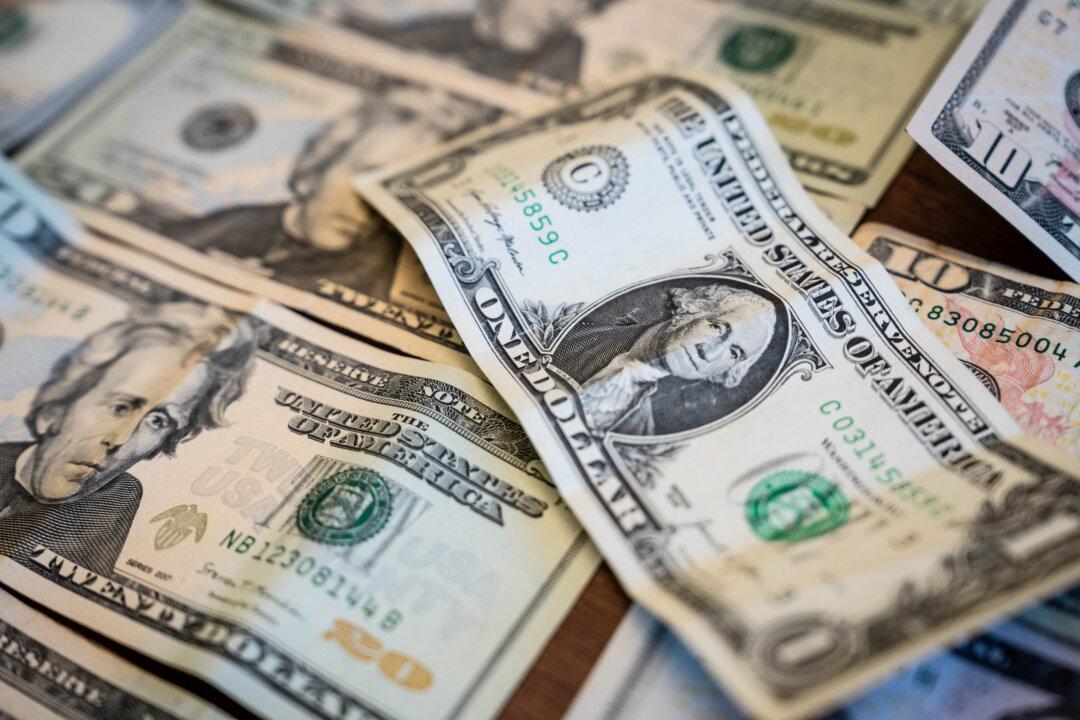Wall Street is sipping on a cocktail of high inflation and slowing economic growth, fearing that the world’s largest economy could endure a bout of stagflation.
In the 1970s, the United States suffered a prolonged period of stagflation, an economic event comprising stubbornly high inflation, anemic economic expansions, and rising unemployment.





